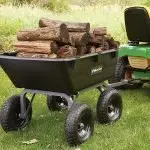Plant Leaves Turning Brown and Curling up
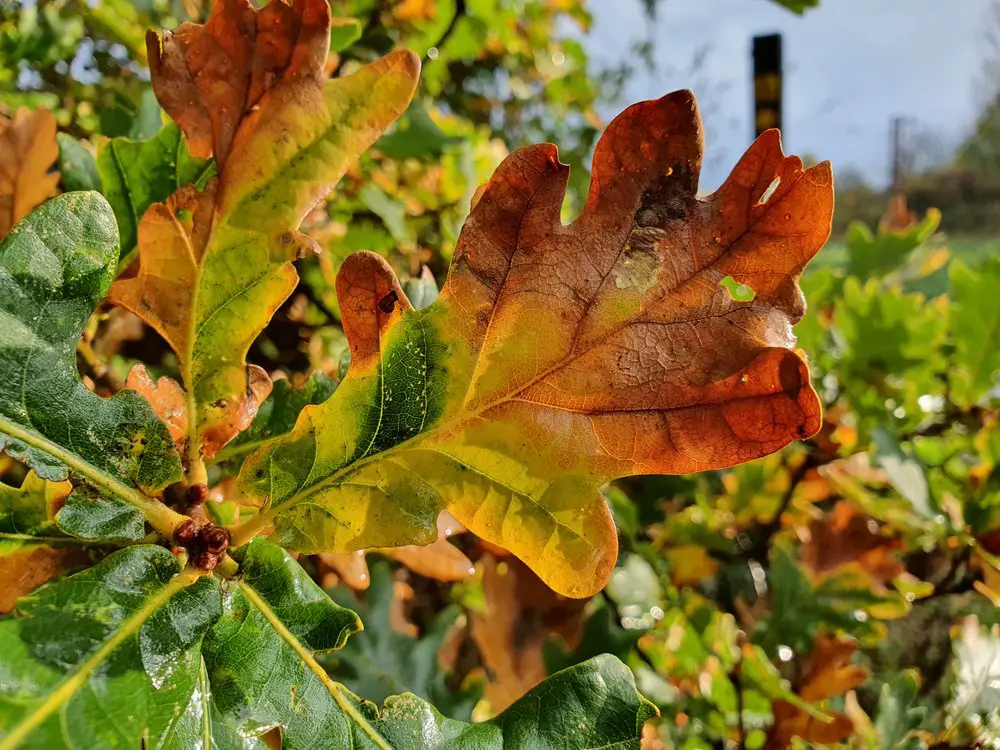
Plants are so chatty, they are not the organisms as they appear to be. Why do your favorite plant leaves turning brown and curling up? Have you ever think about it? Don’t you think they are giving you a message, seeking your attention? Like others, you can blame diseases, weather, or attack of pests.
Then, it will tough for you to know the main culprit is just improper care. You should take your time to choose the better remedy for both your indoor & outdoor plants.
As a gardener, anything unusual occurring with your plants may give you the biggest reason to concern. While some people bother about, Why do plant leaves turn brown & yellow? Other people get stuck into, Why my leaf tips curling up and turning brown -cannabis -marijuana? Several reasons work behind it. But if I have to mention one, It will be Moisture stress.
Plant Leaves: Turning Brown or Yellow and Curling up
Plants are naturally blessed with some Special kind of tissues named xylem and phloem. Having many sources for absorbing water, plants mainly use the soil route.
In this pathway xylem just acts like a drinking straw. After absorbing water via root hair cells, it then transfers to xylem tissue. Waterways the whole path until it reaches leaf tips last. Leaves then use the water to make foods and distribute them throughout the plant via the phloem.
In case of, scarcity of water, the plant starved first, tips also lose out & dry like a drought. This is one of the probable causes of your plant leave turning brown and crispy.
What about the curling leaves of the cannabis plant? cannabis plants are so resilient that they can withstand a rough environment. They give you enough time to find out what is actually happening. If you underwater it, the cannabis leaves start to fall off & seem to be like just hanging on the plant.
Now, I will give you another scenario. Think, what happens in case of overwatering! Water transmission in plants is maintained by the osmosis process.
In this process, water moves from lower concentration to higher concentration. So if the plant cell fills up with water, it will pass it to the next, the process continues until it reaches the tip. But the tip has nowhere to pass the extra load, resulting in crusty brown tips on the edges of the leaves.
However, When the cannabis leaves are full of water they seem to be rigid & also curl downward. The appearance of yellow leaves is another indication of overwatering. Plant leaves turning yellow can also be impeded by under-watering.
However, leaves with yellow and green mosaic-like appearance are the consequence of overwatering, but it looks like solid yellow and falls off then it’s due to less watering. Read this one, to get a more clear concept of plant leaves turning yellow.
Other Things That Trigger a Plant’s Leaves to Turn Brown & Yellow or Curling up
If you are not still satisfied with the explanation of moisture stress, then you need to do some detective work for finding out the actual cause. Whether you are a beginner or an experienced gardener, to keep your plants looking glossy & green is a big challenge.
You don’t need to be puzzled, just read the following factors describing below, and compare yours, like – is it sufficient the way you caring, the amount of fertilizers you giving, the environment surrounding the plant is ok or responsible for the problems.
Image source: THC farmer.com
Nutrient Problems
There are thirteen different kinds of minerals that are needed for growing happy, healthy plants. Among the six (nitrogen, phosphorus, potassium, magnesium, sulfur, and calcium) are required in large quantities. They are called essential nutrients because they help to create a new cell which further forms the plant tissue.
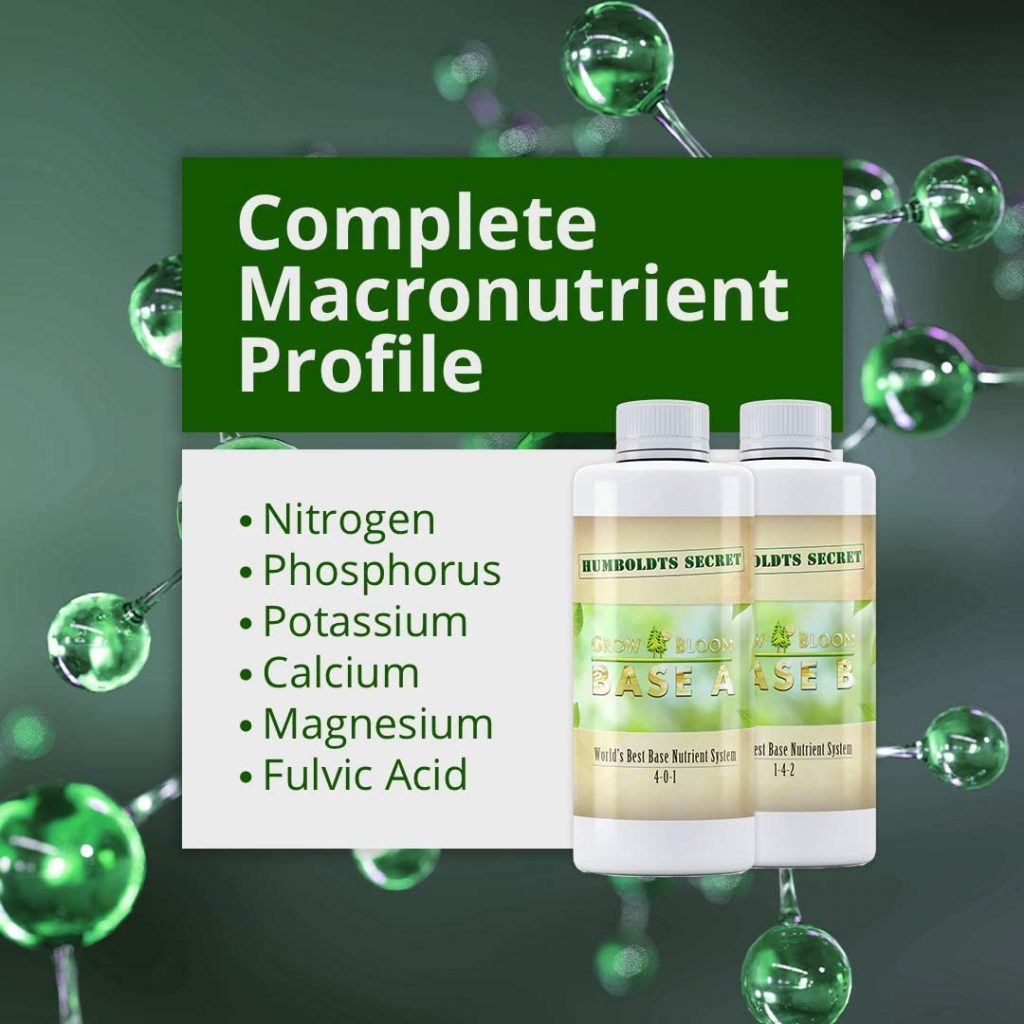
This six nutrients deficiency is also the leading cause of plant leaves turning yellow. Without these nutrients, the growth process will also be greatly hampered. However, they take these nutrients from the soil.
But sometimes soil depletes of nutrients, that time you need to fill the gap with fertilizers. Things getting worse when you give something whether too little or too much.
Under-Fertilizing
Already your plants are in lack of sufficient nutrients, and you gave them too little fertilizer, which will stimulate the plant hormone. In an attempt to compensate for it, this hormone then triggers the older plant leaves turning brown and curling up.
This is nothing but a self-preservation process of plants. They do this to use the possible resources in the younger parts.
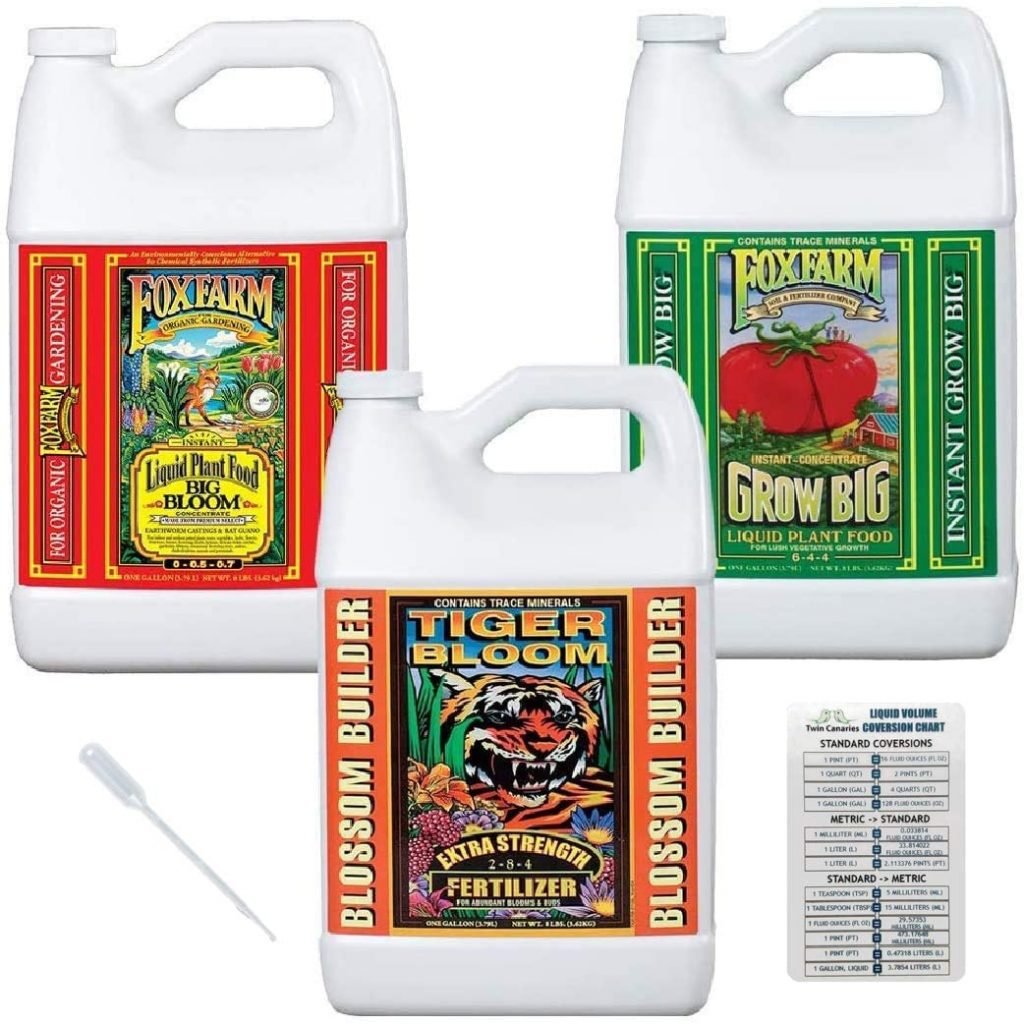
Over-Fertilizing
Giving too much fertilizer to your plant may result in fertilizer burn. This is one of the most common reasons for tips turn brown. Your use of fertilizer also should be according to the weather. Like, in winter, your plant doesn’t need too much fertilizer.
If you are unknown with the fact using too much fertilizer, that will ultimately affect the water-absorbing mechanism of the plant. As you know fertilizers are made of different salts.
Using over fertilizer may lead to the accumulation of excessive salt in the soil. They also damage the root hair cells of plants & inhibit water intake. That time your plant will act thirsty & you may also see a layer of fertilizers over the soil.
A New Environment
Think about your newly purchased plant, they have grown in an ideal environment. Then suddenly they are moved into your homes or offices. Your home/office environment is totally different from the natural ambiance, where they are actually habituated to, this will make your plant leaves turning brown. If their adaptation fails, this will result in a layoff of leaves.
Light
Plants need a specific light range for thriving. Therefore, variation in exposure to light may lead your plant leaves turning yellow, as they need to struggle for growth. Proper exposure to light enhances the water-absorbing process. But in case of lack of light, it could not use the water as fast as it used to be, this also causes excessive moisture conditions in the plant.
Temperature
Fluctuation in temperatures may be the most important reason, why do your plant leaves turning brown & yellow. Plants can’t survive in excessive heat & dry winds except for the plants that grow in the desert. Some plants thrive perfectly in full shade, some need direct sunlight. Altering their condition may lead them to heat stress or temperature deficit.
Humidity
It is a more humid condition inside the house, then that is found in the outside. In winter, there is a lack of humidity all around, which turns the tip brown. Plants like Fern, Anthurium & some others can not grow in less humid weather.
Pests And Diseases
Indoor plants are more likely to get infected by pests & diseases, then the plants that are growing outside. Aphids, Scale, Mealybugs, Spider mites are such kinds that suck the juices of younger plants and make your plant leaves curling inward. This may also lead your plant leaves turning brown.
For this, You may confuse with overwatering. But in the case of pests infestation, you can notice brown spots in the center of the leaf. They attach with leaves to get water & sugar from it, in which it lives. That will give a sign of brown lesions.
Overwatering is the lead cause of root damage, this gives rise to a fungal disease, called root rot. Because The soil-borne fungi grow rapidly in excessive watery places. This is another reason for brown spots on leaves. The term Anthracnose includes a variety of fungal diseases that are responsible for entire leaves turn brown or drop off.
Herbicide damage
The herbicide is applied to get rid of the unwanted vegetation. While applying it in one location, it can accidentally affect the nearby plants. The nearby plant’s leave starts turning brown. The herbicide mainly contains some active chemical substances like glyphosate, dicamba, and 2,4-D. These substances result in turn your plants leave curling up. They also interrupt the normal growth of plants.
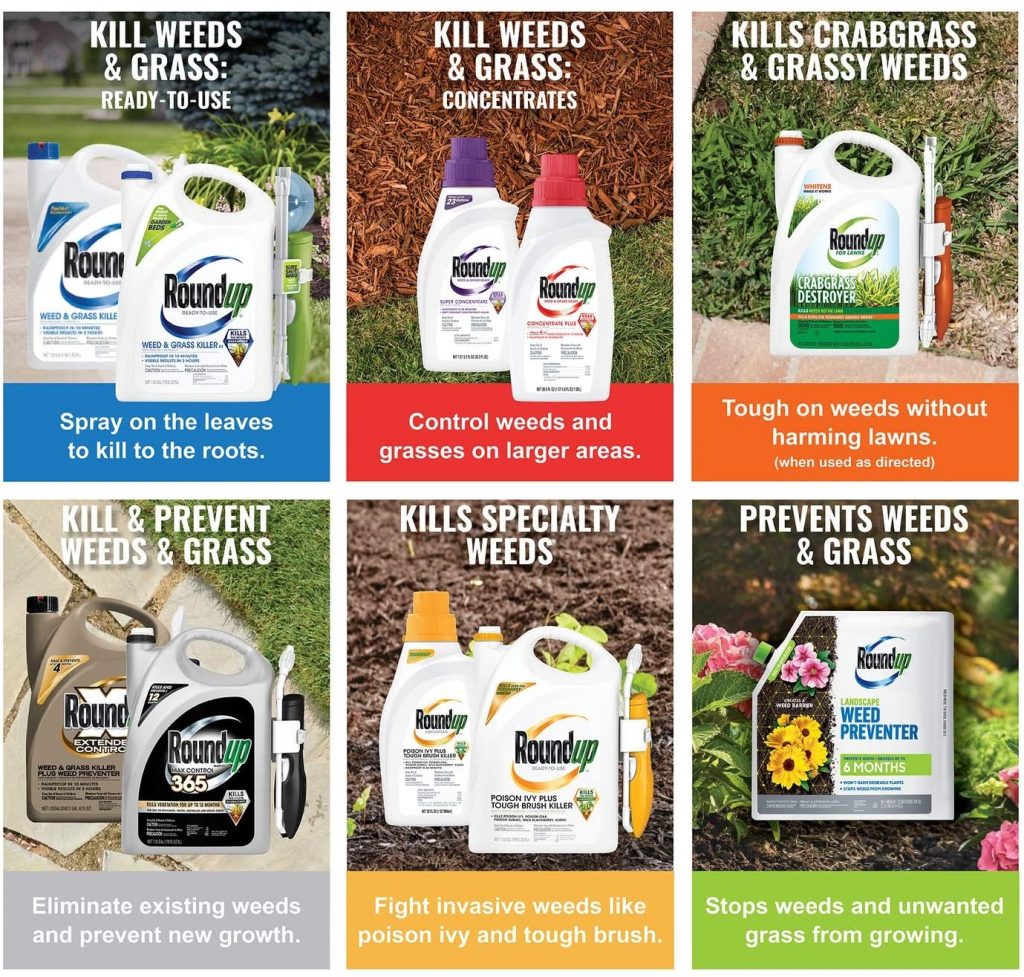
Acclimatization
It means moving your plant to a new location or repotting them in a new vas. This can put the plants in shock, end in your plant leaves turning brown, and ultimately fall off.
Aging
It is quite natural for older plant leaves to turn brown & fall off. As your plants are getting taller they tend to shed the lower leaves. By shading the older leaves or turning them brown, they could use their resources on the newer leaves and thereby maintaining their growth pattern.
Troubleshooting of plant leaves
Plants differ from each other in their needs. They are not created equally. You should observe them, understand their requirements, that is the first and foremost duty of you as a gardener.
Step1: Check for “Moisture Stress”
Be a plant therapist and check the moisture stress. When some plants want dry soil for a long to thrive, some also grow well in moist soil. Plants are usually stressed with either overwatering or under-watering.
However, before proceeding with any move, you must check the soil. You need to assess the moisture that your plants are getting.
For this, you need to press your finger an inch into the soil, if you found the soil dull an inch below that indicates your plants are thirsty. You need to water it regularly. But if you found wet there, that is the indication of either overwatering or getting proper water. Symptoms will clear your confusion.
You’re overwatering may switch your leaves into a mosaic yellow appearance. But the problem is, all plants don’t show the symptoms immediately, they can take time to appear for a week later or even more. The rebound yellow symptoms may confuse you and push you to water over and over leading to overwatering.
You may also notice the fact of root rot by a mildewy smell. To avoid root rot, you need special attention towards your plant, like don’t let them stay in stand water. Just Adjust your schedule, in case of overwatering.
But you need not water by following a calendar. Some plants are slow in absorbing, you will feel moist in the soil of those plants even a week later. So, understand the plant’s need.
However, people also have an issue with using tap water. Tap waters are proved fine in using for watering in many cases. But if you have a doubt yet, you can use filtered water.
When you forgot to water your plant, it tried hard to survive with its possible resources. But the damage once made will last for long. For this follow the appropriate watering regime.
Step 2: Fix the nutrient problem
Using fertilizers is considered the best way to fix the nutrient problem. Here, you need to choose an appropriate fertilizer & applied it according to the directions given in the package. You are not the only one who needs food to live on. The plants also need adequate food for their healthy life.
Plants with yellow leaves are the indicator of nutrients deficiency, mostly due to nitrogen deficiency. You need to look for nitrogen-rich fertilizer and back your plants as glossy-green as they once used to be.
But most people are too lazy to provide fertilizer in an appropriate portion, at the appropriate time. Then in a hurry, they want to compensate for it by overfertilizing. But that leads to fertilizer burn.
Then, How Not to Overfertilize? You need to take an appropriate measure of fertilizer. In case of water dissolving fertilizer, you need to take a fixed amount of water and fertilizer & then mix it. You need not follow all the instructions given in the package.
Observe your plant, they will make you understand their want. Another thing to be concerned about is the salt build-up, tips turn brown for this. You simply can flush the layer out of the soil by using sink or bathtub water. Continue flushing until it overflows out from the vase/container.
Step3: Fix the environmental problem
To fix it you need an emphasis on fixing lighting problems, temperature problems, humidity problems. How to fix the light problem? Change their location, if you find out that they are not getting proper light.
You can provide them with grow light as an external supplementation. But if your plants are getting direct sunlight, which actually slows down the growth process, you need to move them in a comparative shadow place.
Image: gardener’s supply.com; grow light
you need to protect your plants from cold drafts. Waterlogged due to cold draft, make your plant leaves turn yellow, also chilly. Hence, You need to choose a spot where your plants are safe from experiencing a cold draft.
You will also surprise to know that if your plants are catching a cold it is not due to the winter weather, your room air conditioner can also be the cause of catching cold draft.
Alright here, I will give you some tips to fix the humidity problem. Simply you can group your plants together. They will create their own humid climate by transpiration.
You can also use a pebble tray for holding standing water. You can spray regularly on the plants for maintaining moisture levels. Lots of humidifiers are available in the market place, go and choose the best one for your plants.
Step 4: Fix Pest And Disease Problems
Considering nutritional, environmental & moisturizer as a potential problem, there is another thing to blame, is the pests & diseases problem. It’s difficult to find them in naked eyes but you can get their presence easily.
You just need a close invasion to figure them out. Have you seen a tiny hole in your plants leave? It is the indication of spider mite, they are chomping there. Have you noticed white wax on your plants? that is due to the Mealybugs. Immediate treatment is necessary in that case.
You will get numerous treatment options online. But if you experiencing a fungal problem I will suggest you use a fungicide. It helps you to remove the affected part. You need to outset the affected plant & its leaves. I will highly recommend you to use sterilized vas & soil to prevent root rot.
Step 5: Fix Acclimatization And Aging Problems
you don’t need to worry about this problem. It takes a longer period for acclimatization. Taking proper care means moisture it, fertilizes it -enough for your plants to adapt.
Conclusion
You have taken good care of your plants, you water them routinely, you care about their nutrients requirements, still, if you are unable to find out the cause of why your plant leaves turning brown & curling up, then you should find a better location for your plant.
A simple repotting technique can come with an evolutionary change in your plants. Don’t worry. Like most of the problems, you can also fix them all, keep little patience, give them time to revive.
The FAQs About Plans Leave Turning Brown and Curling up
Why are my leaves turning brown and curling?
In the above article, I have already explained to you the cause of leaves tip turning brown and curling up along with their remedy. You can check them. Following all tips can be help full for you as I have given you the entire guideline, but using them in excess level may result in plant damage.
Should I cut the brown tips off my plant?
Now you are acknowledged with the meaning of brown tip leaves. Cutting the brown tips off is one of the accepted solutions. I will suggest you read this one, you will get three methods, use them according to your preference. But you know that there are numerous reasons, which trigger the plant’s tip to turn brown. Finding the exact reason will be the smartest move.
Sources:
- Cornell University Department of Horticulture, “Soil Basics,” Cornell University.
- Weicherding, Patrick, “Watering Trees,” the University of Minnesota.
Related Plant Health Tips:
- Tiny Black Bugs In Plant Soil
- Black Spots on Succulents- 7 Causes With Cures
- Mint Leaves Turning Brown: Reasons With Remedies
- Problems with Blue Lake Pole Beans
- Strawberry Plants Leaves Are Turning Brown
- Types of Worms in Potted Plants
- How to Use Azamax? – The Complete Guide
Happy Gardening!



